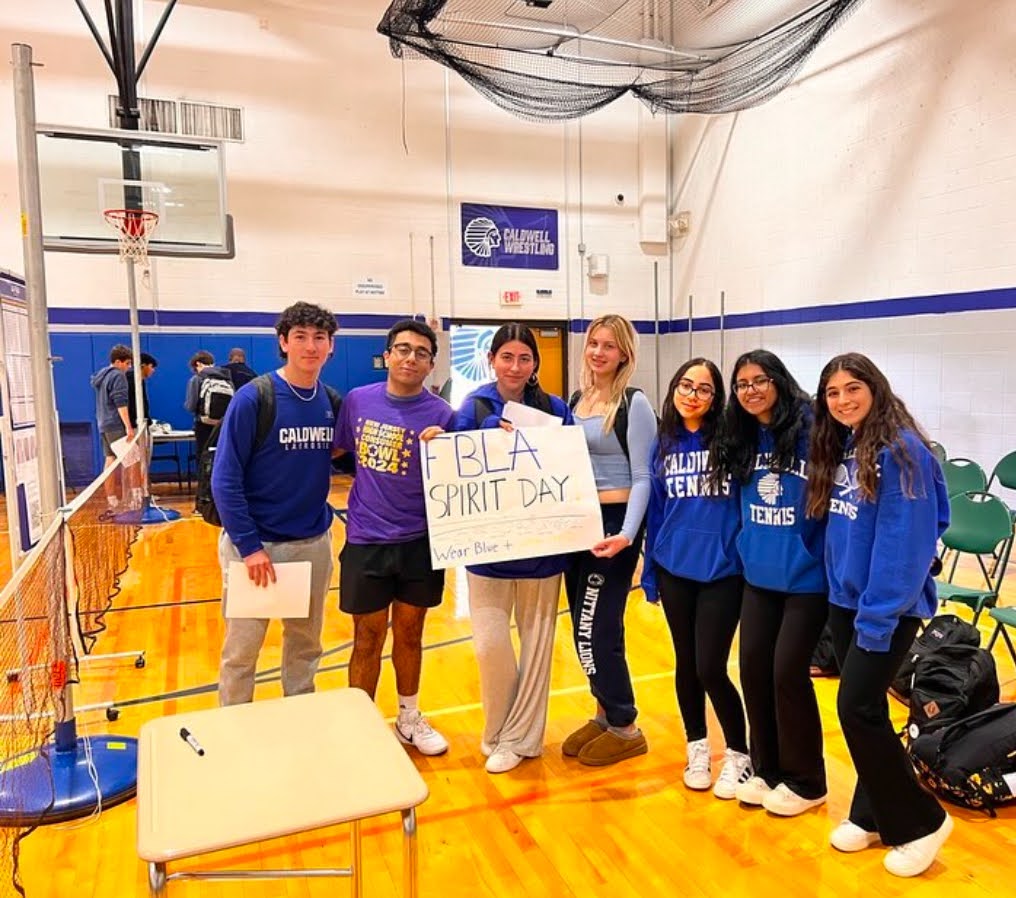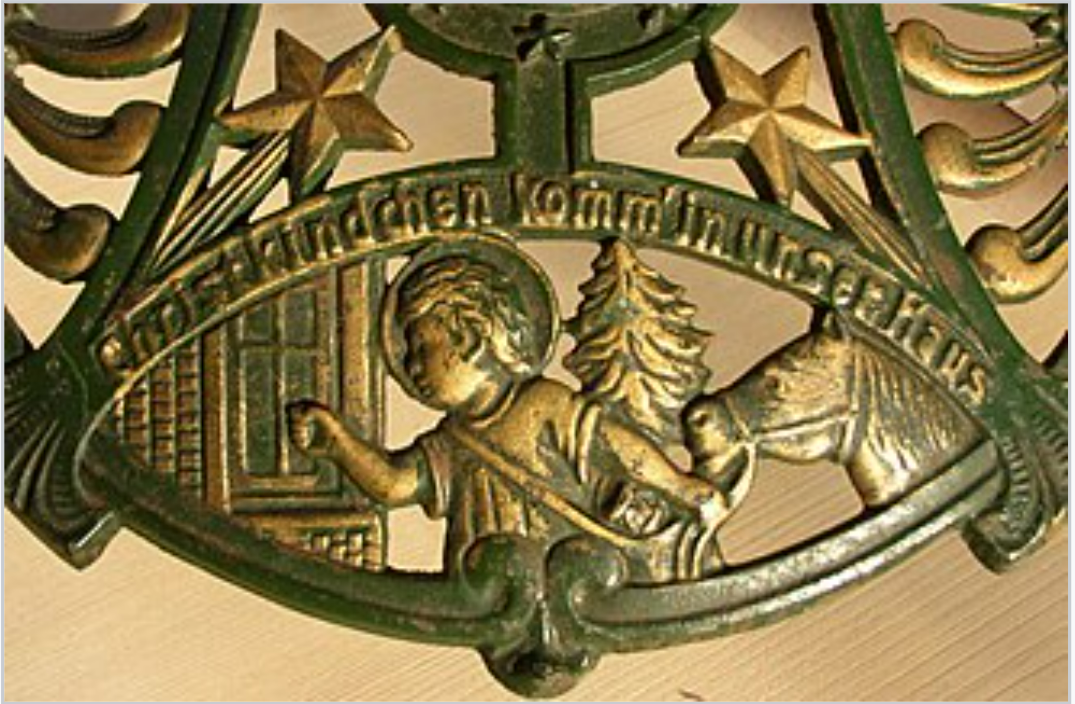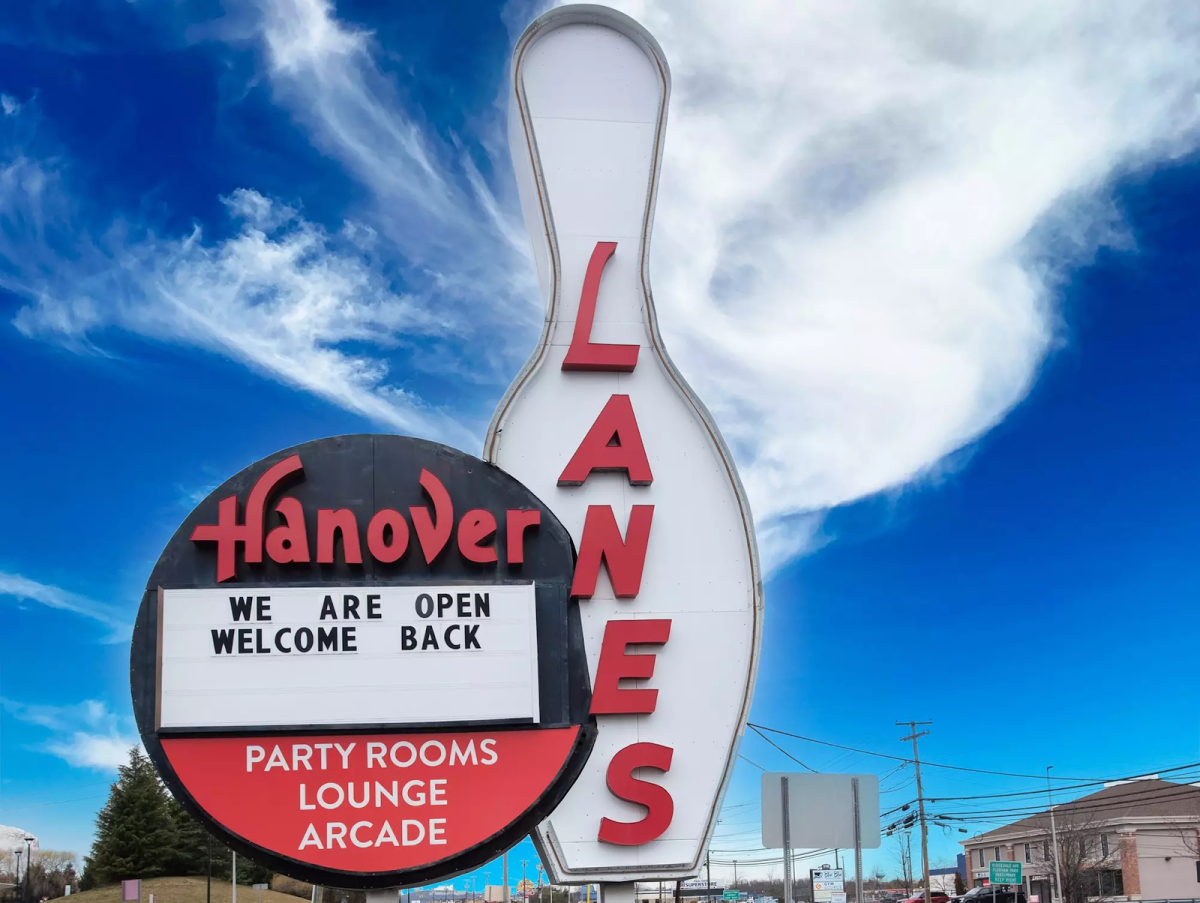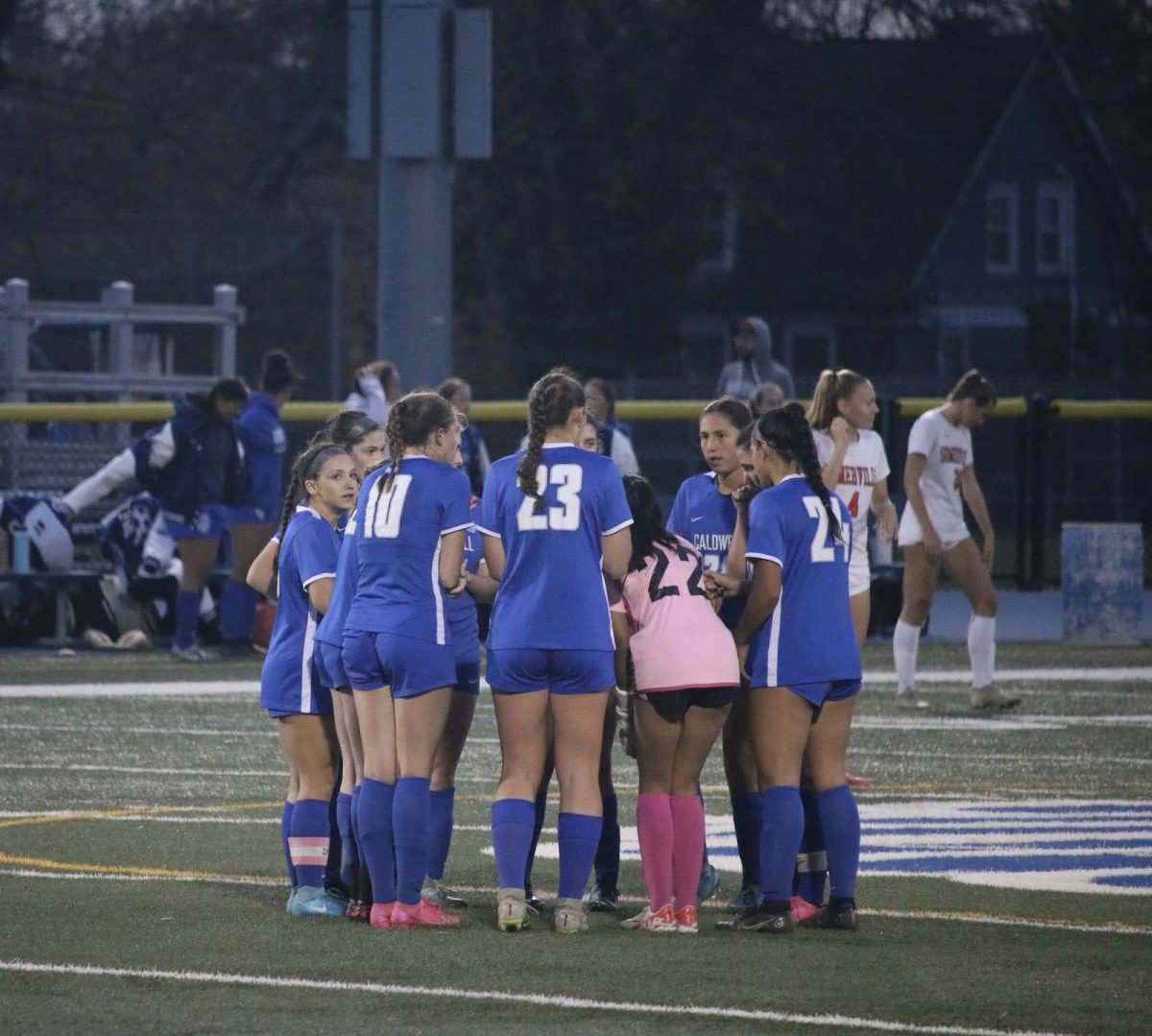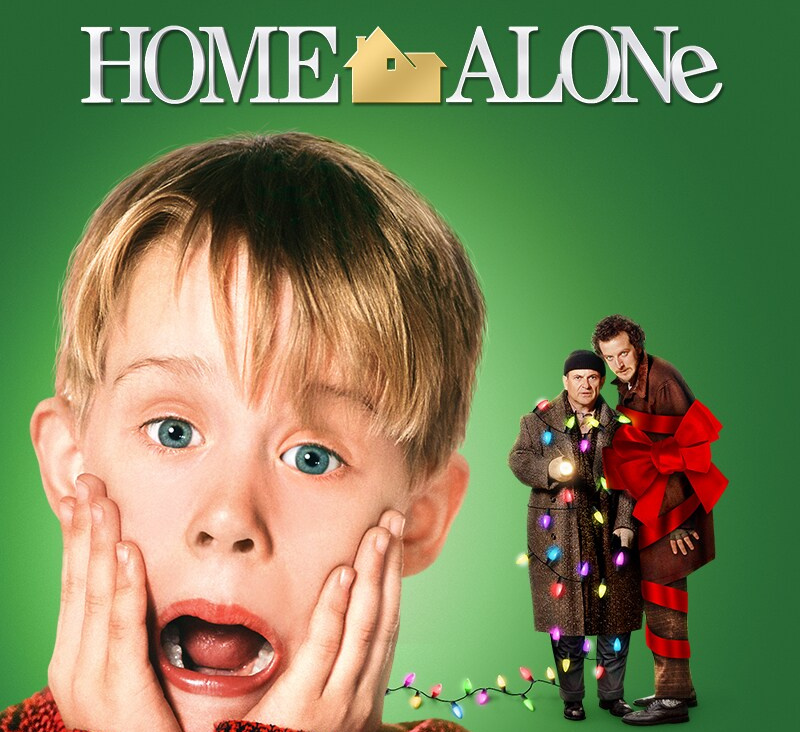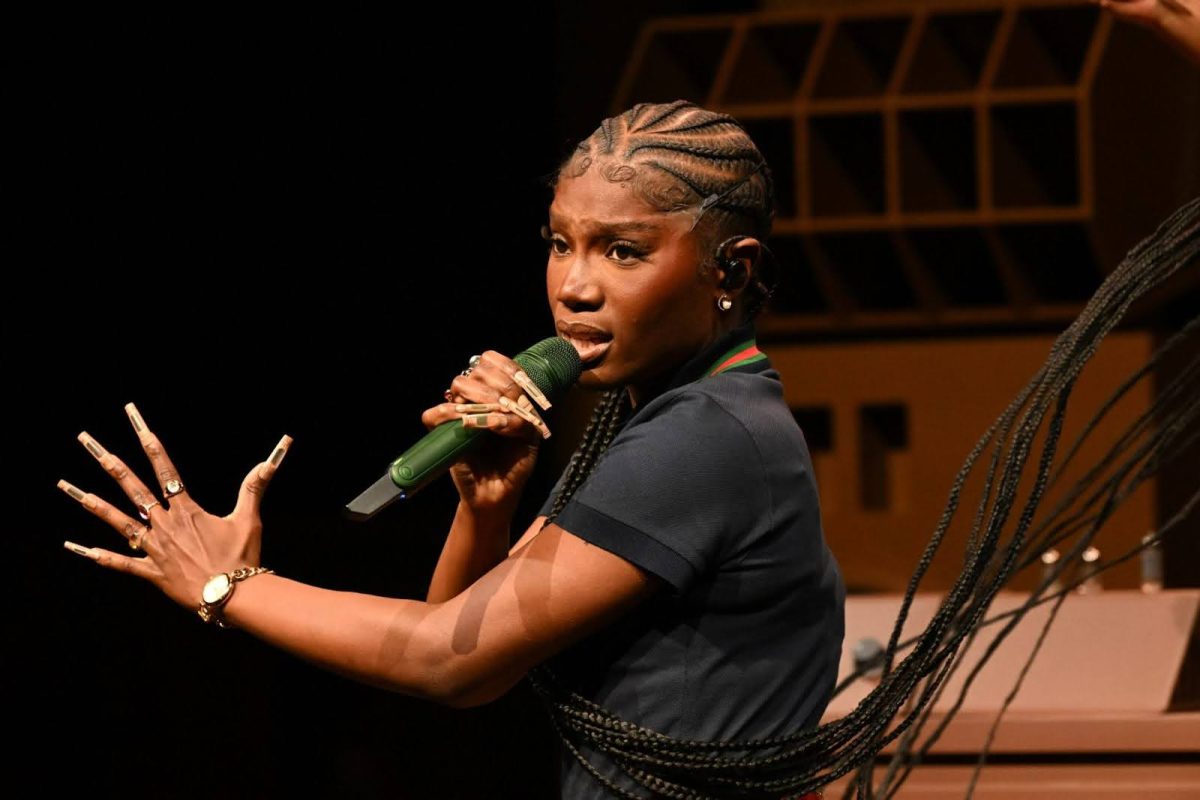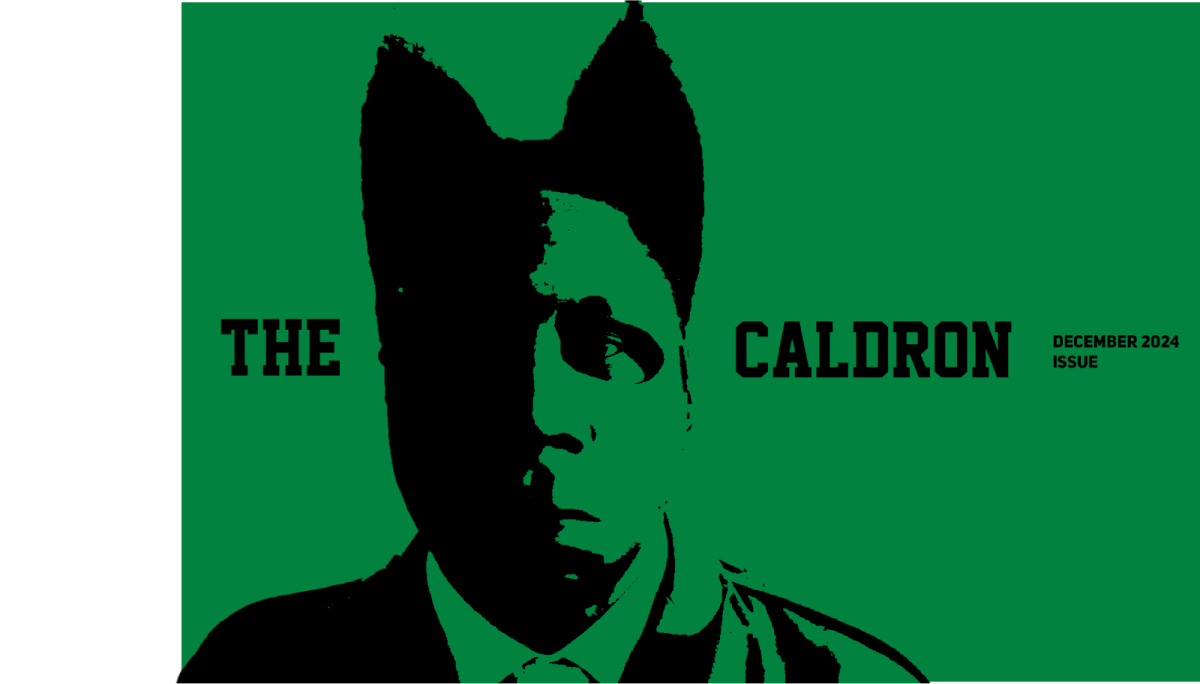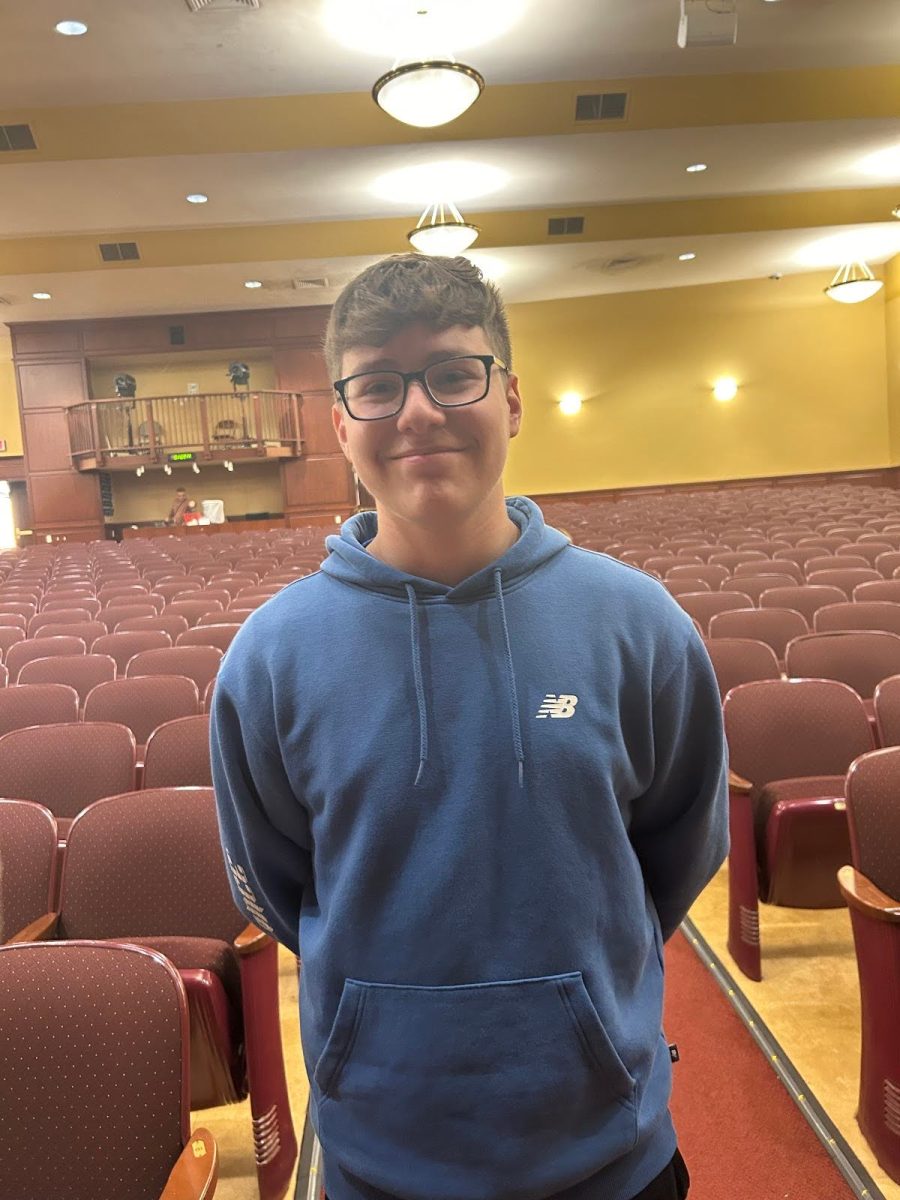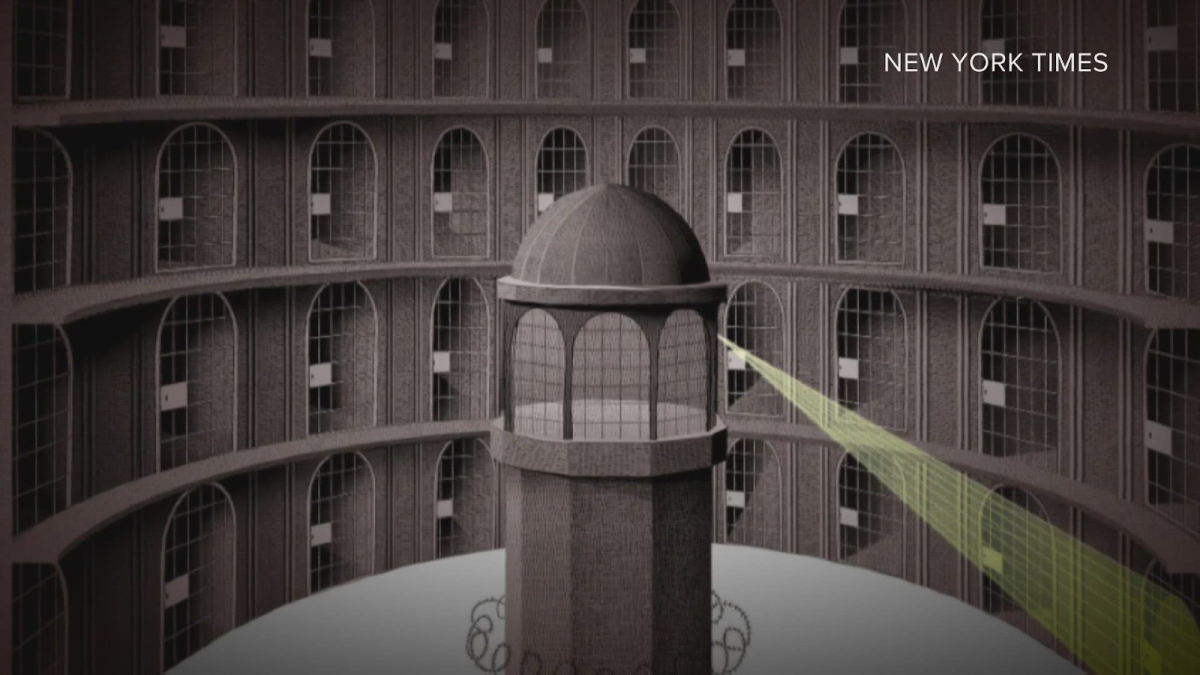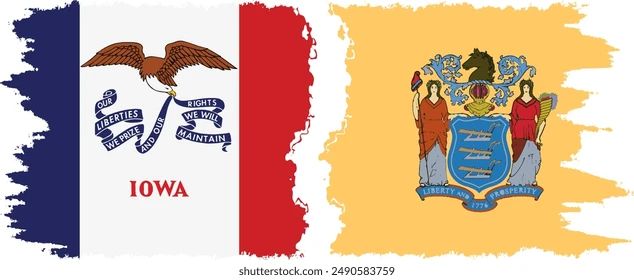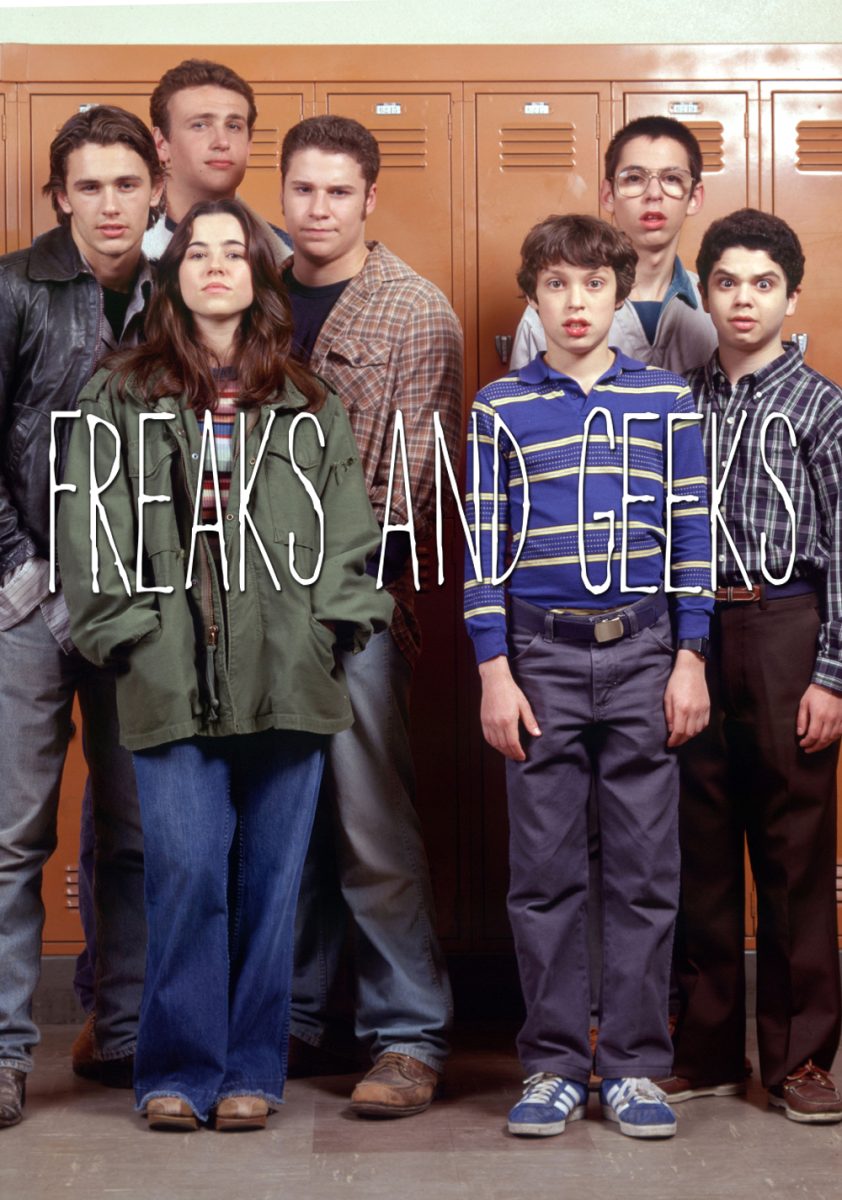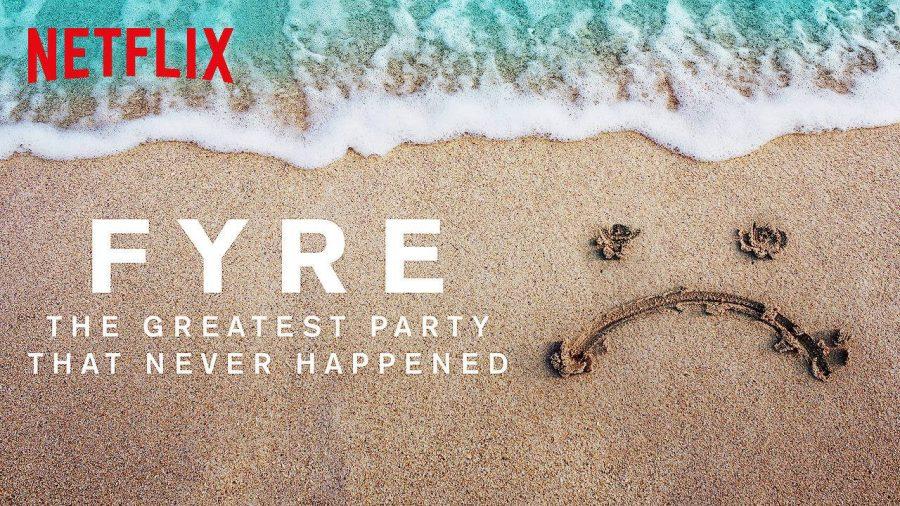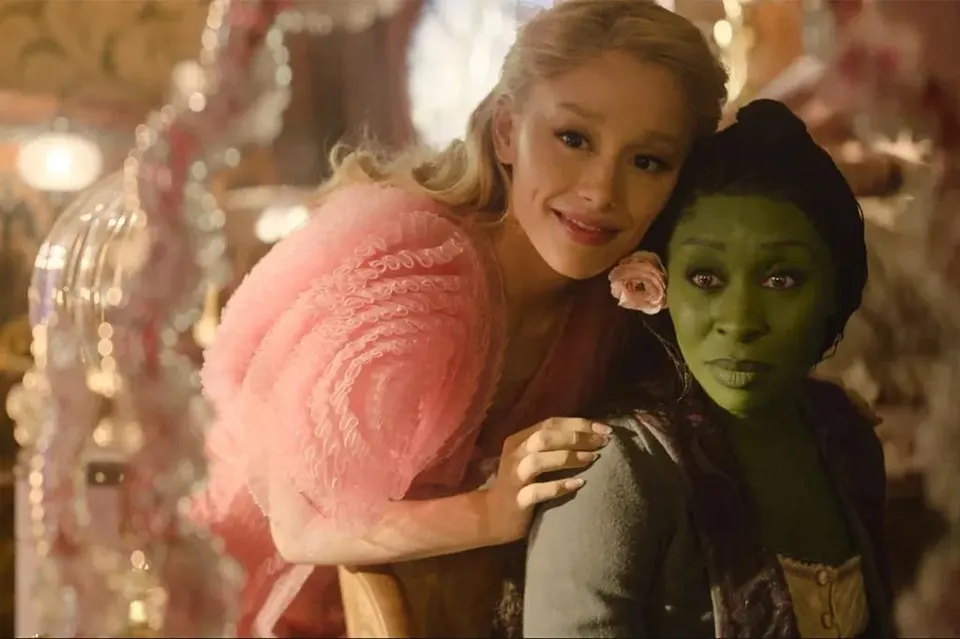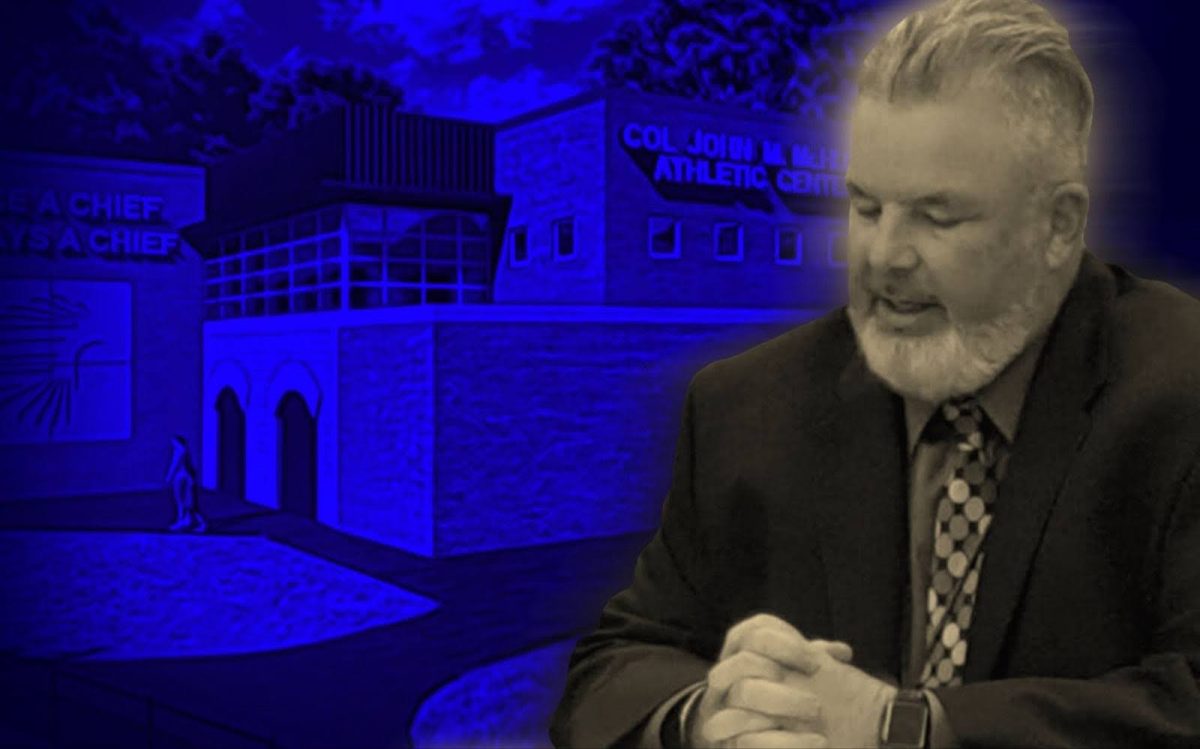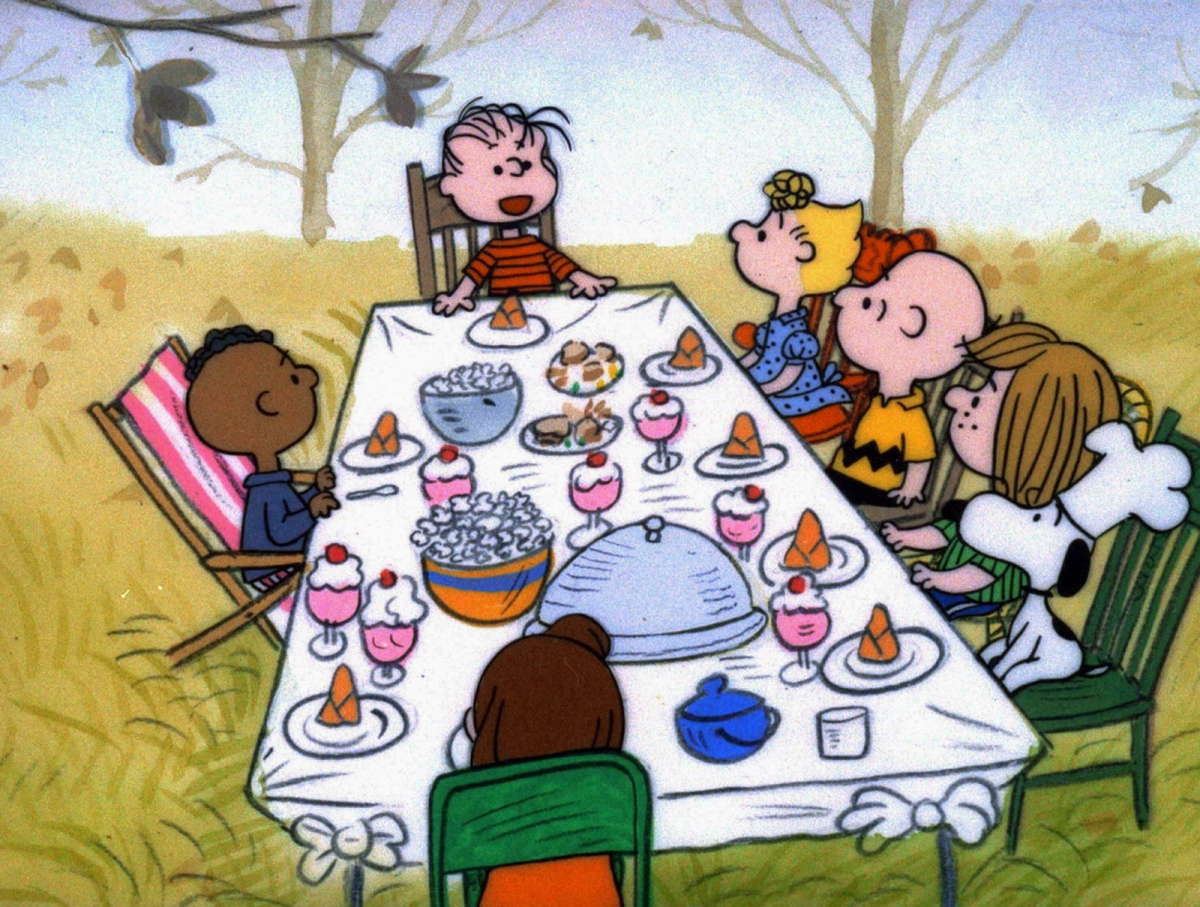On April 28, 2017, patrons of the Fyre Festival arrived on Exuma in the Bahamas expecting what was sold as “an experience and a festival.” What they were greeted with was nothing like the dream they were sold. The site contained dozens of disaster relief tents, with minimal food and water. Flights were canceled and the world’s young elite were stranded on this island. The news of this disaster broke when an attendant posted a photo of the food they were given with the caption “Here’s the dinner they fed us tonight. Literally slices of bread, cheese, and salad without dressing. #fyrefraud.” The question
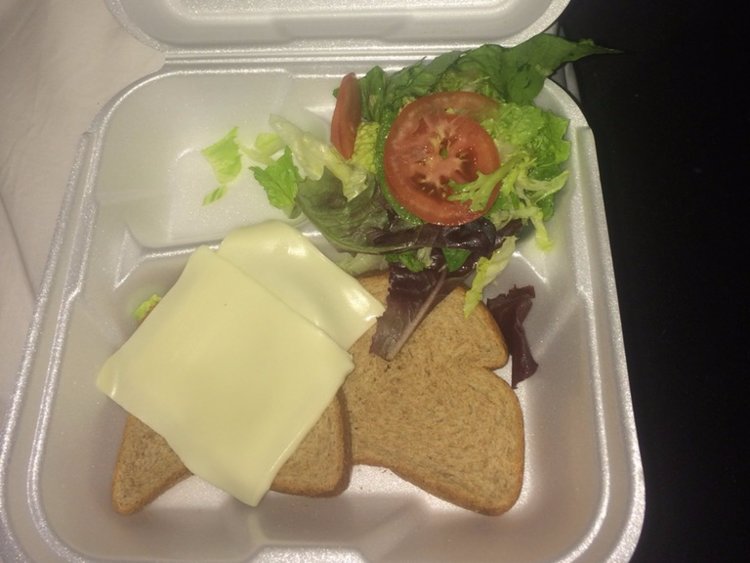
that shocked the world was, how could something so huge go so wrong? Netflix’s Fyre Festival documentary “Fyre: The Greatest Party that Never Happened” was a behind the scenes look at how a disaster like Fyre Festival could have occurred chronicling the events from beginning to end.
While there was a shocking amount of footage covering the entire disaster from conception to the fiery end, the interviews from various personnel are abundant enough for them to create their own truth. The Netflix documentary, unsurprisingly, created Billy McFarland to be a monster, and the people around him as innocent. The end of the documentary almost every employee did say in some way or another “Could I have done more,” but that introspection still ignores the truth. In the end, the documentary hides the fact that many of the employees knew that they were actively robbing customers and lower level employees, but were still participating because of greed. Netflix tries to paint the Fyre
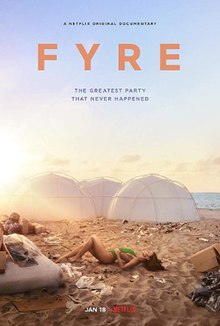
disaster as a very simple story with one demon, Billy, who was ultimately taken down. It seems as though the situation was far more complicated than that.
It is painted for the viewer to have sympathy for the employees, but almost entirely ignores the pain that the festival created for the islanders. Besides the very heartfelt interview with Mary Ann Rolle, a restaurant owner on the island whose business was left in financial ruins, little was said about the islanders. It was addressed that many people living on the island who worked in the construction or in other capacities were never paid, but they are not given the same sympathy as the patrons, or as the interviewed employees because of their portrayal. As the interviewed employees began to leave the island, the described hostilities were running high. Almost all of the workers on the island were not paid and were angry about this. A few employees claimed that they feared for their lives, and believed they were going to be killed by the islanders. There were many issues with this portrayal within the context of the documentary. As much footage as there was for the documentary, there was no footage of this, there was no evidence of anyone getting hurt. Putting aside whether the claims about the workers on the island were true or not, these statements created a savage like image of them. What is interesting is that these alleged actions of the islanders are similar to that of the guests at Fyre Festival. The guests were attacking and stealing from each other, but in the documentary that is portrayed as justified because of the circumstance, but the same attitude is not shown for the islanders.
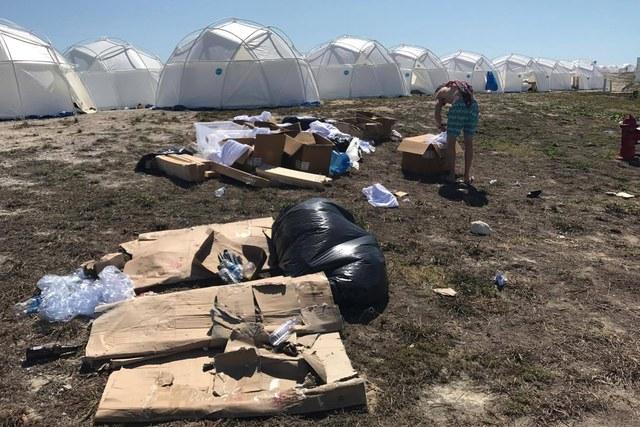
In an effort by Netflix to create a sort of black humor comedy the documentary lost elements of reality. The documentary, in a very superficial way, was very entertaining. It was funny and sad with a satisfying but eerie ending. The production with the real footage was not something that would be expected, which made the the story given feel very real. The main message about the damaging nature of false advertising in today’s age of social media is also extremely compelling. Still, in two hours, blame has to be placed somewhere, and it is important for viewers to really think about where that blame is being placed and why.

